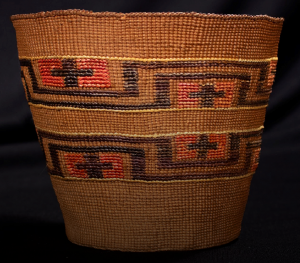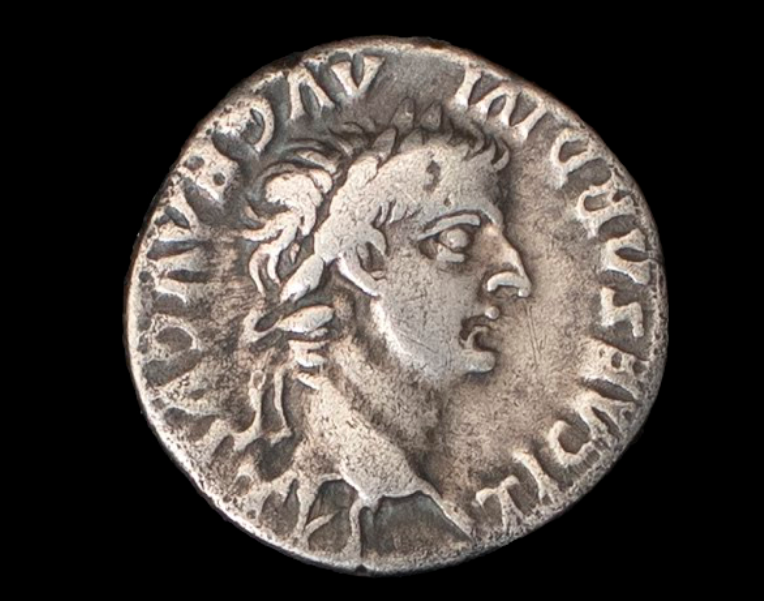Walsh Gallery recently added three major collections to Google Arts and Culture, the D’Argenio Coin Exhibit 1 (Early coins), the D’Argenio Coin Exhibit 2 (Roman coins), and an exhibit of Native American Basketry. Google Arts and Culture is a rapidly growing site that displays highlights from over 2,000 museums and private collections. Its app, which can be downloaded from Google Play or the Apple Store, allows the visitor to interact with the artwork through AI features like virtual tours and exhibits.

The D’Argenio Collection, which consists of 427 rare coins from ancient Greece, the Roman Republic, the Roman Empire and Byzantium was donated to the university by Ronald D’Argenio MS’76/JD’79. The collection allows us to trace the relationship of the earliest Roman coins of the Republican period to its immediate Greek predecessors. It includes coins with images of Julius Caesar, the first Roman leader to have his portrait represented on a piece of currency.
We also see his imperial successors over the next three centuries represented, including the infamous Caligula and Nero. Byzantine coins in the collection from the fourth to fourteenth centuries AD demonstrate the changes in design –including the introduction of full-faced portraits– once the capital of the Roman Empire shifted from Rome to Constantinople. The exhibit can be accessed through Google Arts and Culture Walsh Gallery’s main page and the coins can be found through searches in Google Arts and Culture’s main interface, allowing the coins from Seton Hall’s collection to be seen in the context of numismatics collections around the world.
Google Arts and Culture also displays highlights from Seton Hall’s one-time University Museum of Anthropology and Archaeology Collection, now stewarded by Walsh Gallery. This museum contained an extensive collection of Native American material culture, collected and sometimes excavated by archaeologist J. Kraft. Kraft was an expert in the Lenape tribe of New Jersey, but his collection encompassed materials from Native American peoples across the Americas. The basket exhibit shows some of the finest examples of the craft in Seton Hall’s collection.
Kraft was an expert in the Lenape tribe of New Jersey, but his collection encompassed materials from Native American peoples across the Americas. The basket exhibit shows some of the finest examples of the craft in Seton Hall’s collection.

